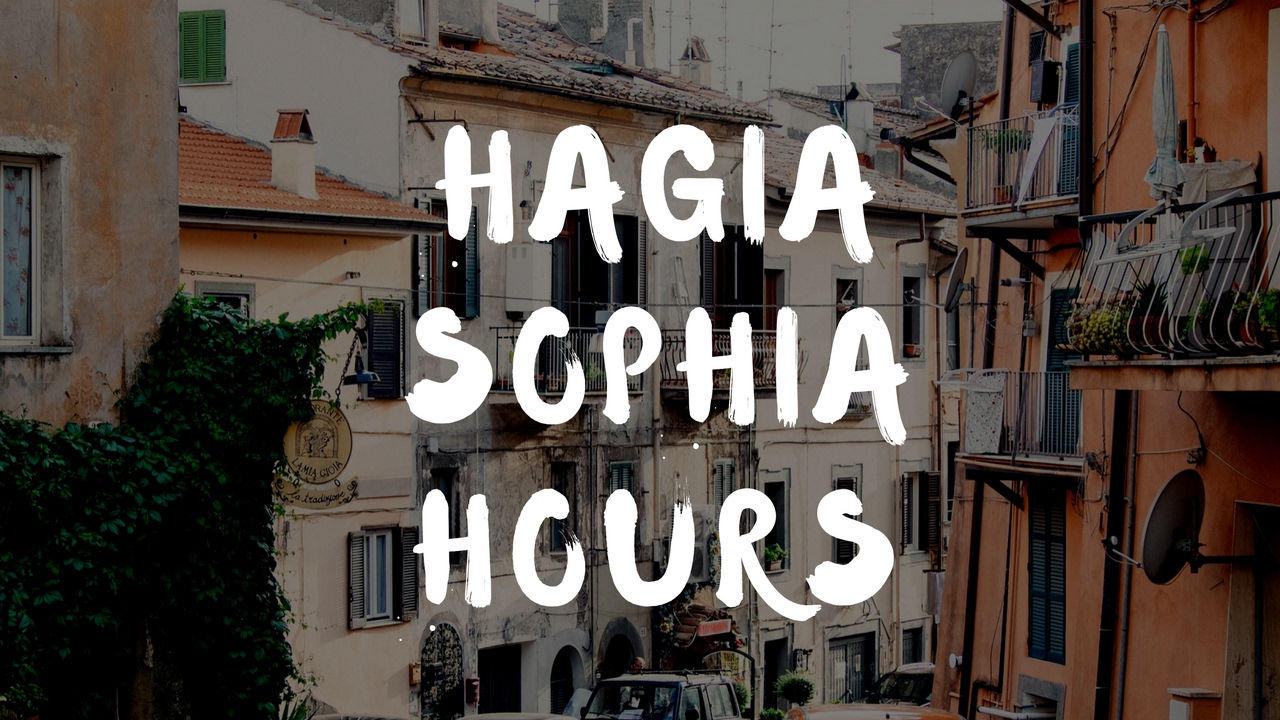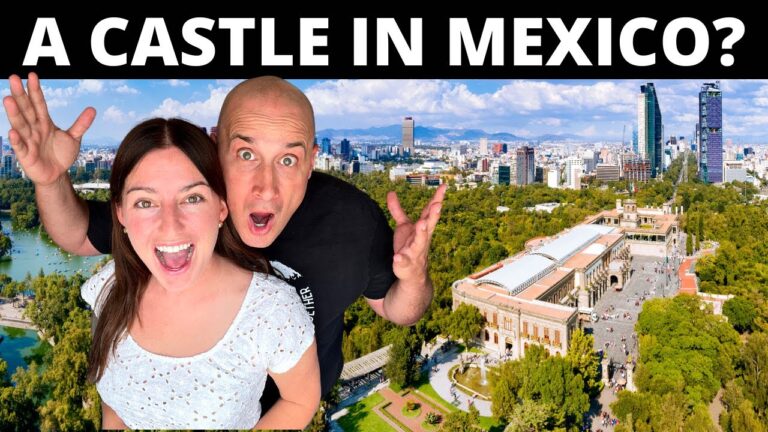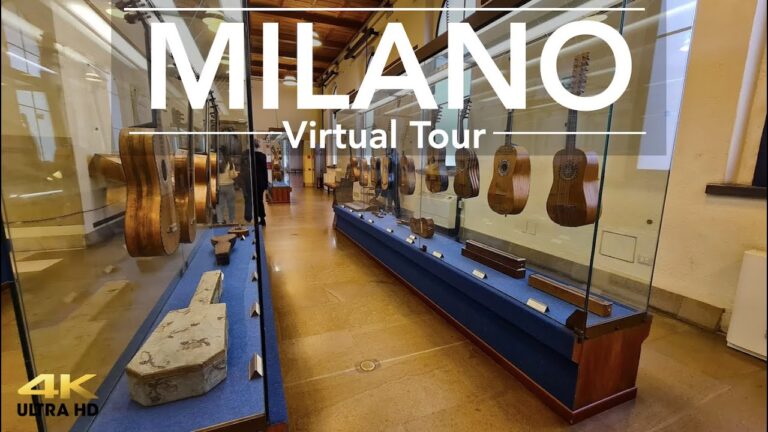Hagia Sophia is one of the most iconic landmarks in the world and a symbol of Istanbul. It is a former Greek Orthodox Christian patriarchal basilica, later an imperial mosque, and now a museum in Istanbul, Turkey. It was built by the Eastern Roman Emperor Justinian I in the 6th century AD and is considered to be one of the greatest surviving examples of Byzantine architecture. The building’s massive dome is a major architectural achievement and its interior features some of the finest mosaics and frescoes in the world.
History of Hagia Sophia
Hagia Sophia was originally built as a Christian church in 537 AD by the Byzantine Emperor Justinian I. It was the largest church in the world for nearly 1,000 years and was renowned for its immense size and opulence. The building was destroyed in the Nika riots of 532 and was subsequently rebuilt by Justinian in 537. It served as a Greek Orthodox cathedral until the city fell to the Ottoman Empire in 1453, when it was converted into a mosque. In 1935, the building was secularized and opened as a museum. It is now a UNESCO World Heritage Site and one of the most popular tourist attractions in Istanbul.
Hagia Sophia Hours
Hagia Sophia is open from 9:00am to 5:00pm every day except Monday. The museum is closed on Mondays and during major holidays such as Ramadan. The last admission is at 4:30pm. It is important to note that the building is subject to occasional closures due to special events, so it is best to check ahead of time to ensure that it is open. Tickets are available for purchase online or at the museum.
What to See in Hagia Sophia
Hagia Sophia is home to some of the world’s most remarkable works of art and architecture. Its massive dome is an engineering feat and its interior is filled with beautiful mosaics and frescoes. The building also houses numerous artifacts from the Byzantine era, including a marble pulpit, a baptismal font, and an iconostasis. Visitors can also explore the galleries and courtyards of the building, which are filled with numerous artifacts and artwork.
Mosaics
Hagia Sophia is renowned for its stunning mosaics and frescoes, which cover nearly every inch of the interior. The mosaics were created by the Byzantine Emperor Justinian I in the 6th century and depict biblical scenes and figures, such as Christ Pantocrator, Mary, and the Apostles. The mosaics are made from glass, gold, and other materials and are truly a sight to behold.
Artifacts
Hagia Sophia is home to numerous artifacts from the Byzantine era, including marble columns, a marble pulpit, and a baptismal font. The building also houses an iconostasis, which is an ornate screen that was used to separate the sanctuary from the nave. There are also numerous sculptures and other artwork on display in the galleries and courtyards of the building.
Tips for Visiting Hagia Sophia
- Purchase tickets in advance: Tickets for Hagia Sophia can be purchased online or at the museum. It is best to purchase tickets in advance to avoid long lines.
- Dress appropriately: Hagia Sophia is a religious site and visitors are expected to dress modestly. Men and women should cover their shoulders and knees.
- Bring a camera: Hagia Sophia is filled with stunning artwork and architecture, so it is a great place to take photos. Be sure to bring a camera to capture the beauty of the building.
- Explore the galleries: The galleries of Hagia Sophia are filled with numerous artifacts and artwork from the Byzantine era. Be sure to take time to explore the galleries and take in the history of the building.




